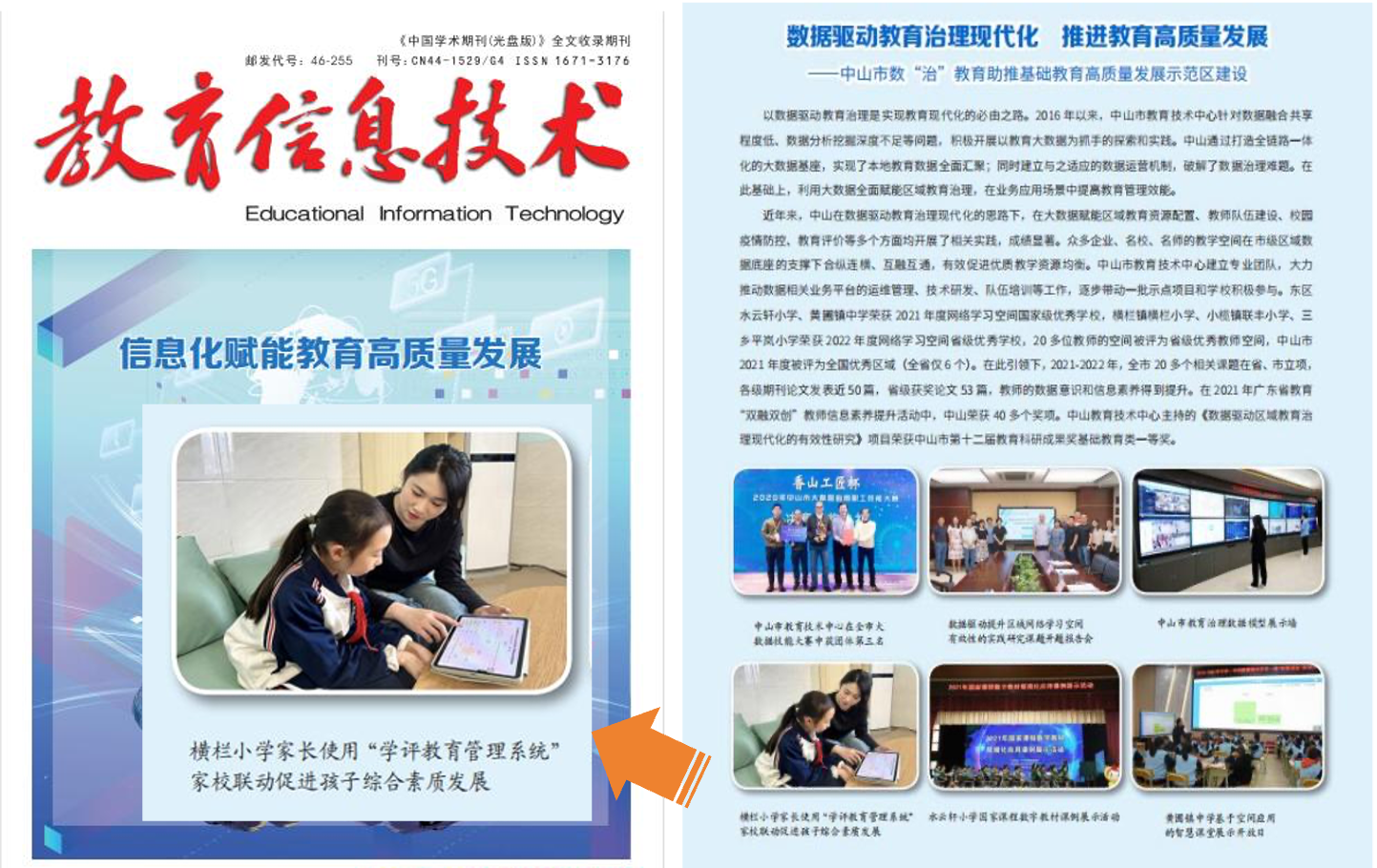Case Study:
Learning & Evaluation Management System (LEMS)
Bay Technologies partnered with a large public primary school in Southern China to design and deploy a cloud-native Learning & Evaluation Management System (LEMS) that turns the country’s Deepening Reform of Education Evaluation in the New Era into daily, teacher-friendly practice. Serving ~2,900 students and 120+ teachers, LEMS replaces score-centric assessment with a “5 + 2” whole-child model—spanning moral, intellectual, physical, aesthetic, and labor education—capturing both process evidence and outcomes in longitudinal learner profiles.
Built on a Spring Cloud microservices architecture with strict data governance, LEMS unifies course, assessment, behavior, arts/sports/labor activities, counseling records, and family engagement into one secure backbone. This case demonstrates Bay Technologies’ ability to translate policy into scalable systems that change classroom practice, not just tooling—delivering measurable operational efficiency and a culture that values every learner’s growth.
At a glance
Client: A large public primary school in Southern China
Scale: ~2,900 students, 120+ teachers, 57 classes
Context: Full-campus wired & Wi-Fi coverage and interactive displays in every classroom
Solution: Bay Technologies’ cloud-based Learning & Evaluation Management System (LEMS)
Focus: Holistic, process-driven student evaluation aligned with China’s Education Evaluation in the New Era policy
The challenge
The education policy calls for a decisive shift away from score-only assessments toward whole-person development—moral, intellectual, physical, aesthetic, and labor education (德智體美勞).
Our client sought to:
Replace fragmented spreadsheets and one-off tools with a unified, longitudinal student profile.
Capture process evidence (daily behavior, participation, practice) alongside outcomes (tests, exhibitions, competitions).
Involve students, parents, teachers, and community in a fair, traceable 360° evaluation.
Standardize data for municipal reporting and cross-school exchange without compromising privacy.
Motivate participation and showcase diverse abilities—not just academics—via engaging campus programs.
Our approach
We co-designed LEMS with education authorities and the school’s expert committee, translating policy into an operational model educators can actually use.
The “5 + 2” evaluation model
Five domains: Moral, Intellectual, Physical, Aesthetic, Labor.
Two lenses:
Process (ongoing behaviors, participation, artifacts, reflections)
Outcome (summative results, certifications, competitions)
This creates vertical (longitudinal) and horizontal (whole-child) views of every learner.
What we delivered
Holistic Evaluation & e-Portfolios
Structured rubrics, evidence uploads (text, image, audio/video), teacher annotations, and self/peer/parent inputs—consolidated into longitudinal learner profiles.Course & Assessment Management
Classroom participation tracking, formative checks, standards-aligned summative exams, and multi-subject report generation.Character & Well-being Modules
Daily conduct logs, positive behavior recognition, counseling notes (role-based access), and support plans.Arts, Sports & Labor Education
Skill progression, event scheduling, reflective journals, and community-service capture—weighted into the composite profile.“Talent Arena” (Challenge & Defend)
An interactive module for campus-wide talent showcases and challenges that broadens recognition beyond academics and boosts engagement.Data Governance & Reporting
A unified data model and export services to streamline municipal/sector reporting, reduce manual collation, and enable cross-school exchanges.
Architecture overview (five layers + two guardrails)
Foundation: Cloud infrastructure, elastic compute, secure storage.
Data Layer: Structured and unstructured data (forms, logs, media artifacts) with backups and retention policies.
Platform Services: Spring Cloud microservices (service discovery, config center, message bus, load balancing, circuit breaker, metrics), workflow engine, dynamic forms, caching.
Information Resources: Domain objects for students, courses, assessments, activities, and credentials, with fine-grained permissions.
Experience Layer: Web and mobile UIs for teachers, students, and parents; analytics dashboards for leaders.
Guardrails:
Standards & Interoperability: Common schemas and open APIs for fast integration and data sharing.
Data Services & Assurance: Role-based access, audit trails, approval workflows, secure data pipelines for reporting.
Implementation & change management
Policy → Rubrics: We operationalized national and local policy into teacher-friendly rubrics and weightings per grade band.
Iterative roll-out: Pilots in selected grades, followed by full-school adoption once feedback loops stabilized.
Capability building: Hands-on training, exemplar libraries, and “office hours” to help teachers shift from points to evidence.
Governance: A school-level data committee oversees indicators, privacy, and the release calendar for dashboards and reports.
Results & Impact
From scores to growth: Teachers now see patterns over time—effort, participation, creativity, perseverance—not just test peaks.
360° participation: Parents and students contribute artifacts and reflections, increasing transparency and agency.
Operational efficiency: Unified workflows replaced ad-hoc tools; reporting to authorities is faster and more consistent.
Culture & motivation: The “Talent Arena” elevates arts, sports, and practical skills, creating new paths to recognition.
External recognition: The school has been commended by municipal education authorities and invited to share practices in cross-school forums.
Why Bay Technologies
Education-first product thinking: We translate policy mandates into practical, classroom-ready workflows.
Robust engineering: Cloud-native, microservices architecture built for performance, reliability, and evolution.
Data with dignity: Privacy-by-design, role-based access, auditability, and standards that travel across systems.
Lasting adoption: We invest in training, exemplars, and governance, ensuring the platform changes practice—not just tooling.

Looking Ahead
Learning credit bank: Recognize and convert diverse learning experiences (in-school and out-of-school) into portable credits.
Early-signal analytics: Use longitudinal patterns to flag disengagement early and inform timely interventions.
Inter-school networks: Benchmarking and co-hosted “Talent Arena” seasons to broaden collaboration and opportunity.



